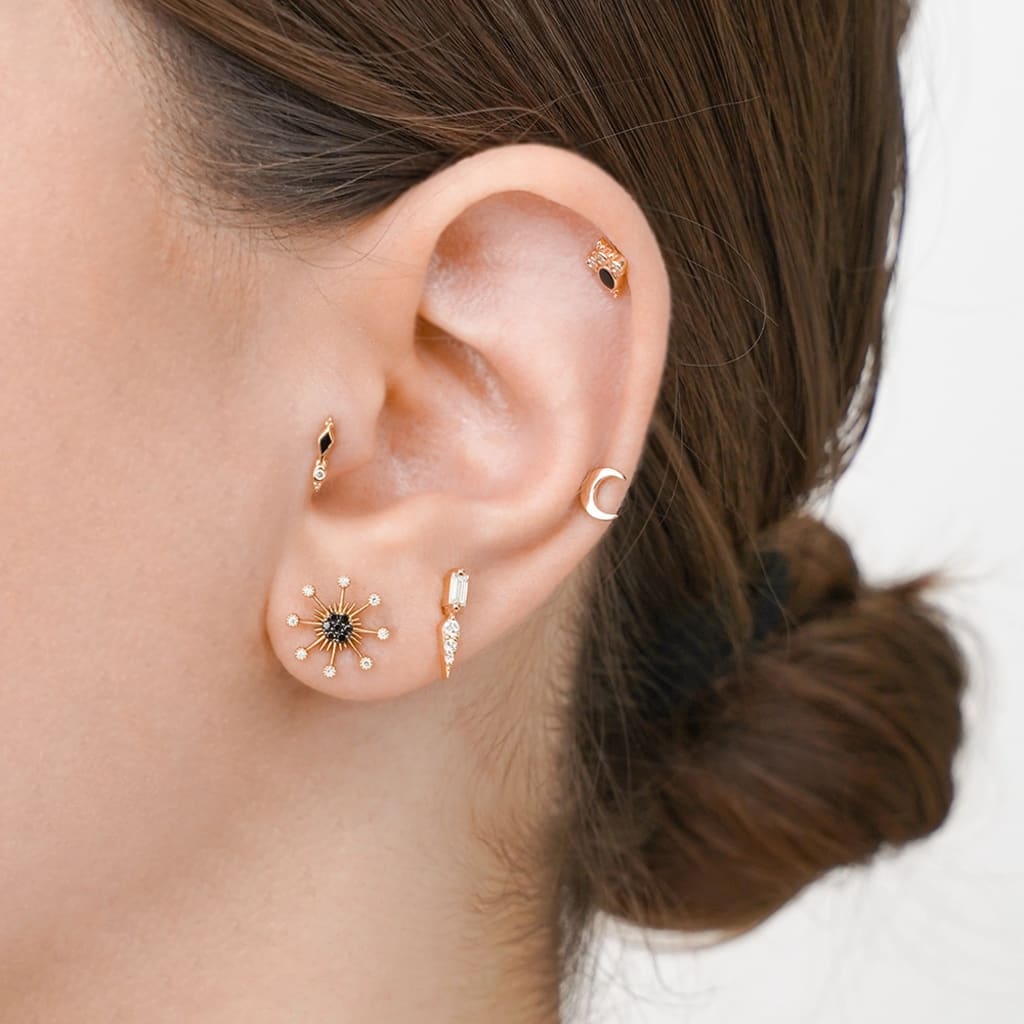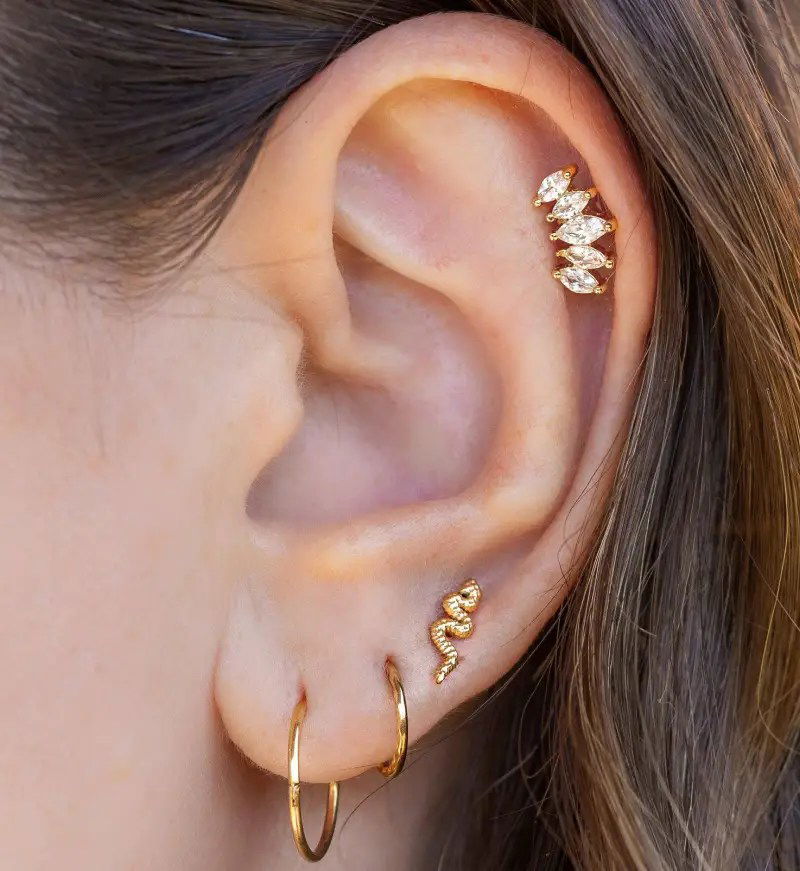Ear Piercing: Common Myths and Facts You Should Know

Ear piercing is a widely practiced form of self-expression and beauty enhancement. Despite its popularity, there are many misconceptions surrounding the procedure. Misinformation can lead to confusion or hesitation, especially for those getting pierced for the first time. Understanding the difference between myth and fact can help you make informed decisions and feel more confident throughout the process.lets delve into Ear piercing Dubai
Myth: Piercing Guns Are Safer and More Efficient
Many people believe that piercing guns are the safest and quickest method for ear piercing. While piercing guns may seem convenient, they often use blunt force to push jewelry through the skin. This can cause more tissue trauma compared to a sterilized needle, which creates a precise and clean hole. Needle piercing is a professional method that prioritizes safety, precision, and hygiene. It is widely preferred for both lobe and cartilage piercings.
Fact: Sterilization Is Essential for a Safe Piercing
One of the most important factors in safe ear piercing is sterilization. Every tool used in the procedure should be properly sterilized to eliminate bacteria and prevent contamination. This includes needles, forceps, and jewelry. Sterilization is not optional—it is a critical requirement to maintain hygiene and protect your health. Clean equipment and a sanitized workspace reflect high standards and professionalism.

Myth: All Jewelry Materials Are Suitable for New Piercings
It is a common myth that any type of earring can be used immediately after piercing. In reality, only specific materials are suitable for fresh piercings. Safe materials are designed to be gentle on healing skin and are less likely to cause irritation or allergic reactions. Choosing the correct jewelry material supports the healing process and prevents unnecessary discomfort or complications.
Fact: Piercing Pain Is Quick and Tolerable
The fear of pain is a common reason people hesitate to get their ears pierced. While pain levels vary depending on the person and the location of the piercing, the discomfort is usually brief. Most people describe it as a quick pinch or sting that lasts only a second or two. Being mentally prepared and relaxed can also help reduce the sensation of pain during the procedure.
Myth: Twisting the Jewelry Helps the Piercing Heal Faster
Some believe that twisting or rotating the jewelry during the healing process prevents it from getting stuck or promotes faster healing. In fact, this action can cause trauma to the healing tissue and introduce bacteria into the wound. It is better to leave the jewelry undisturbed unless instructed otherwise by a professional. Minimal movement supports proper healing and reduces the risk of irritation.
Fact: Healing Time Varies by Piercing Location
Healing time for ear piercings is not the same for everyone. Lobe piercings typically heal faster, often within six to eight weeks. Cartilage piercings, however, can take several months to fully heal due to the dense tissue. Being patient and allowing the body enough time to heal naturally ensures a better result. Each person’s body heals at its own pace, and rushing the process can lead to complications.
Myth: Piercings Close Immediately Without Jewelry
Another myth is that ear piercings close up right away if jewelry is removed. In reality, a fresh piercing can begin to close quickly, especially in the first few weeks. However, once a piercing has fully healed, it usually takes longer for the hole to close completely. The speed at which it closes depends on how long the jewelry has been in place and the individual’s skin type. Keeping jewelry in during the healing period is important to prevent the hole from closing prematurely.
Fact: A Clean Environment Reduces the Risk of Complications
Where you get your ears pierced makes a big difference. A clean and well-maintained environment helps prevent complications. The piercing area should be disinfected before the procedure, and all tools must be properly handled. Professionals should wear gloves, use fresh equipment, and follow strict hygiene protocols. These practices significantly reduce risks and provide a safer piercing experience.
Myth: Piercings Always Get Infected
One of the most common myths is that all piercings eventually get infected. While irritation or mild swelling can occur during the initial healing period, this does not mean the piercing is infected. Infections are rare when proper hygiene and care are maintained. Choosing a clean setting, following professional guidance, and keeping the area protected helps ensure that your piercing heals smoothly.
Fact: Professional Experience Matters
The skill and experience of the person performing the piercing can have a major impact on the outcome. Professionals with proper training understand the anatomy of the ear, use correct techniques, and prioritize hygiene. They can answer questions, explain the procedure, and handle any concerns with confidence. Trusting an experienced individual helps ensure a positive and safe piercing journey.
Final Thoughts on Piercing Myths and Facts
Separating myths from facts is important when making decisions about Ear piercing Dubai. Understanding what’s true and what’s not allows you to approach the procedure with confidence and clarity. By choosing a clean environment, working with skilled professionals, and being informed about the process, you can enjoy a safe and rewarding ear piercing experience.
